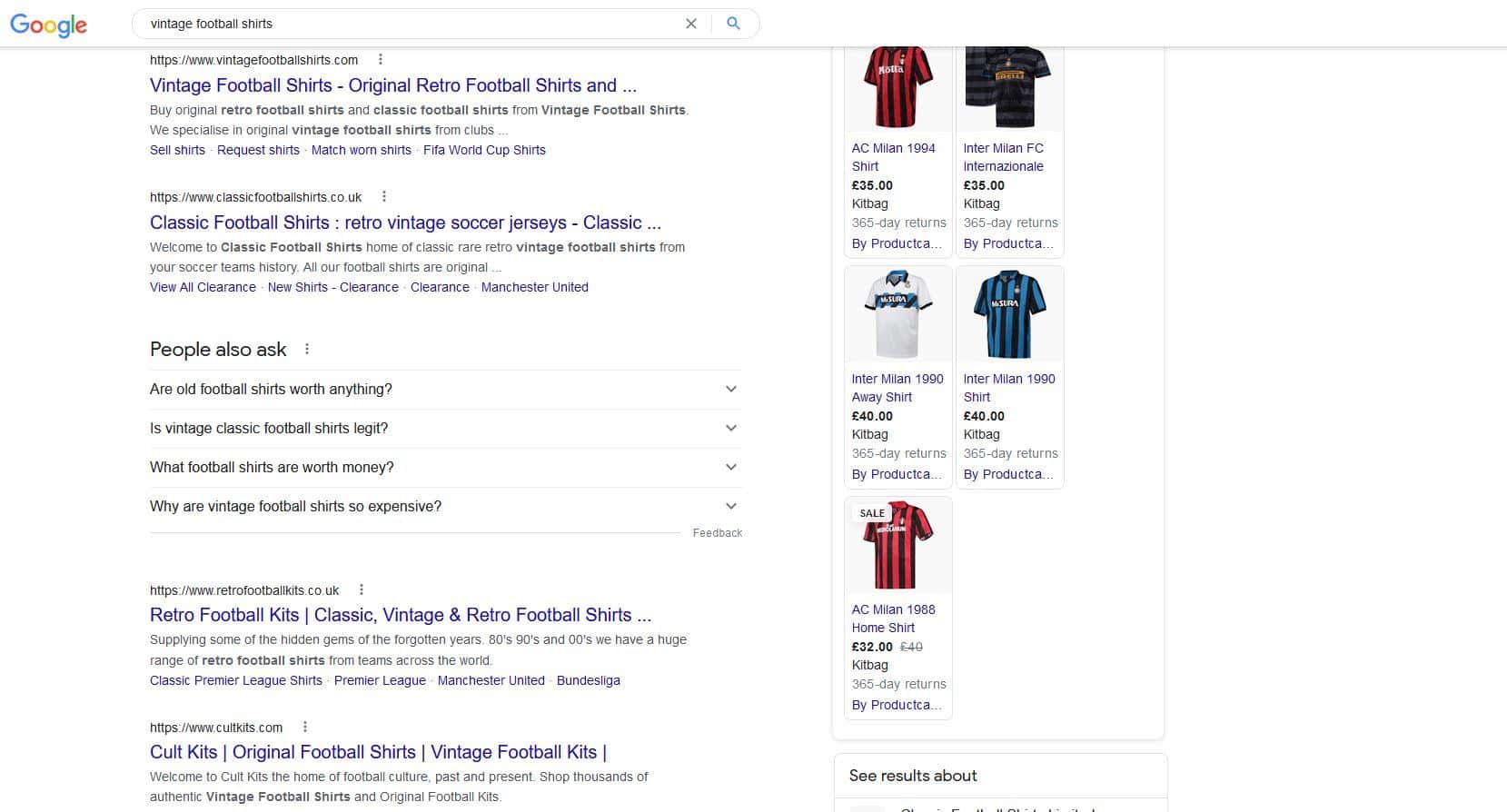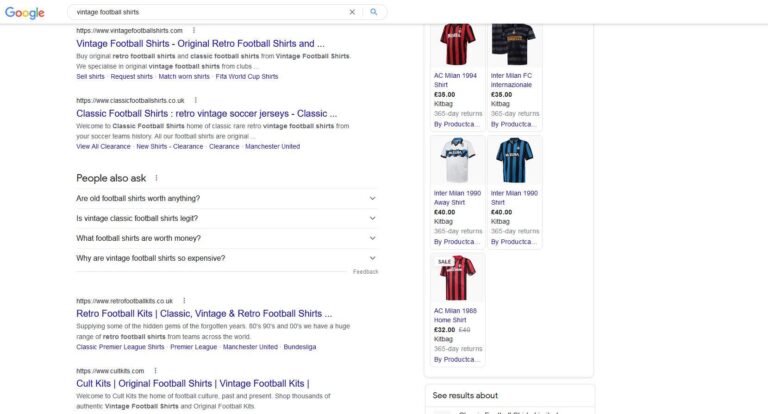Google confirmed back in August that it changed how titles are generated for search engine result listings.
After much furore within the SEO and digital marketing communities, Google has expanded on what has changed, and how it now generates title tags which are displayed within the search engine result pages.
Google had previously confirmed that it uses HTML title tags uploaded by website managers or SEOs 80% of the time – however it no longer uses the query searched by a Google user in order to generate a title.

Beforehand, Google had used the query that someone searches for in the search box in order to formulate a title of a search result. Now, Google is saying that it will “generally” no longer do this – instead, the new system Google has implemented attempts to describe what they are about regardless of the query.
We introduced a new system of generating titles for web pages. Before this, titles might change based on the query issued. This generally will no longer happen with our new system. This is because we think our new system is producing titles that work better for documents overall, to describe what they are about, regardless of the particular query. Also, while we’ve gone beyond HTML text to create titles for over a decade, our new system is making even more use of such text. In particular, we are making use of text that humans can visually see when they arrive at a web page. We consider the main visual title or headline shown on a page, content that site owners often place within H1 tags or other header tags, and content that’s large and prominent through the use of style treatments. Other text contained in the page might be considered, as might be text within links that point at pages.
https://developers.google.com/search/2021/08/update-to-generating-page-titles
Google is using text which humans can visually see when they land on a certain page. The main title or headline on a page is now up for grabs in terms of being utilised within the title in the search results. So an H1 now has the potential to go head-to-head with the designated title tag in order to be displayed in the SERPs.
Despite all of this, Google confirmed title tags are still the primary way it chooses to produce titles in the SERPs – at least 80% of the time.
Our main advice on that page to site owners remains the same. Focus on creating great HTML title tags. Of all the ways we generate titles, content from HTML title tags is still by far the most likely used, more than 80% of the time.
https://developers.google.com/search/2021/08/update-to-generating-page-titles
Since these developments, Google has explained why it made these changes, and has actually increased the amount it uses the chosen HTML title tag which indicates to Google what title you want displayed in the search results.
Google has since changed the system, and now uses HTML title tags as the SERP title 87% of the time.
Our new system uses HTML title elements (sometimes called title tags) as the titles we show in search results for the vast majority of web page results. Based on your feedback, we made changes to our system which means that title elements are now used around 87% of the time, rather than around 80% before. Why not use title elements 100% of the time? Since 2012, we’ve used text beyond title elements in cases where our systems determine the title element might not describe a page as well as it could. Some pages have empty titles. Some use the same titles on every page regardless of the page’s actual content. Some pages have no title elements at all.
https://developers.google.com/search/2021/09/more-info-about-titles
Google lists out why going beyond the title tag has benefits. This includes:
- Half-empty titles
- In many cases, title tags are automatically generated on large sites and so the title tags do not reflect the entirety of the content of the page. Sometimes something might be missing, such as a product name. Google will insert this automatically.
- Obsolete titles
- These are titles which may not have been updated to reflect information on the page. This could be pages which are updated with annual reports
- Inaccurate titles
- Title tags aren’t always precisely reflective of what is on a page. If content is dynamic, or products go in and out of stock, the title tag can change to reflect this. Users then know what to expect.
Google’s advice going forwards to site owners and businesses has not changed dramatically. Putting effort into creating great title tags can really boost your chances of attracting organic traffic and potential customers – as 87% of the time, Google will be using the title tag element.
Despite this, Google will continue to improve the process, so it is worth keeping an eye out for news on what is to come.
If you need a hand with your SEO efforts, do reach out to the team at Xanthos who would be happy to help.












